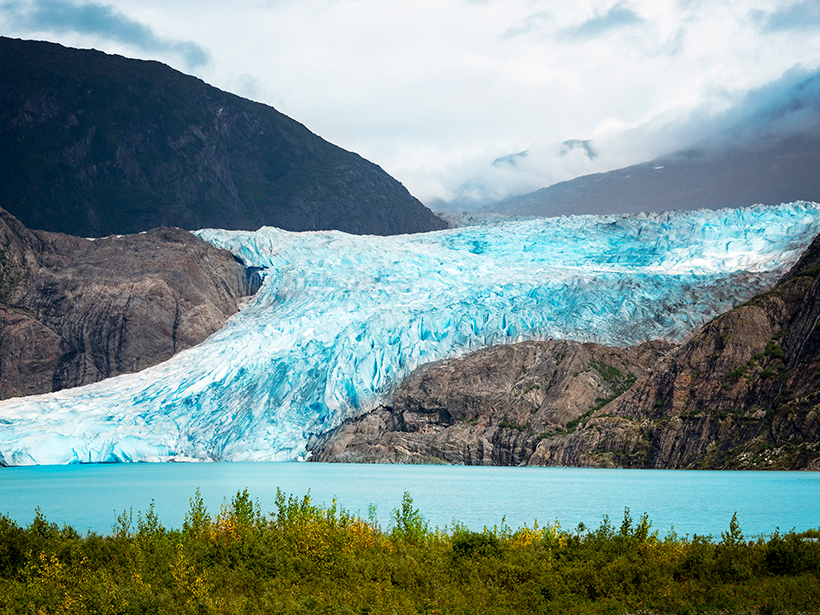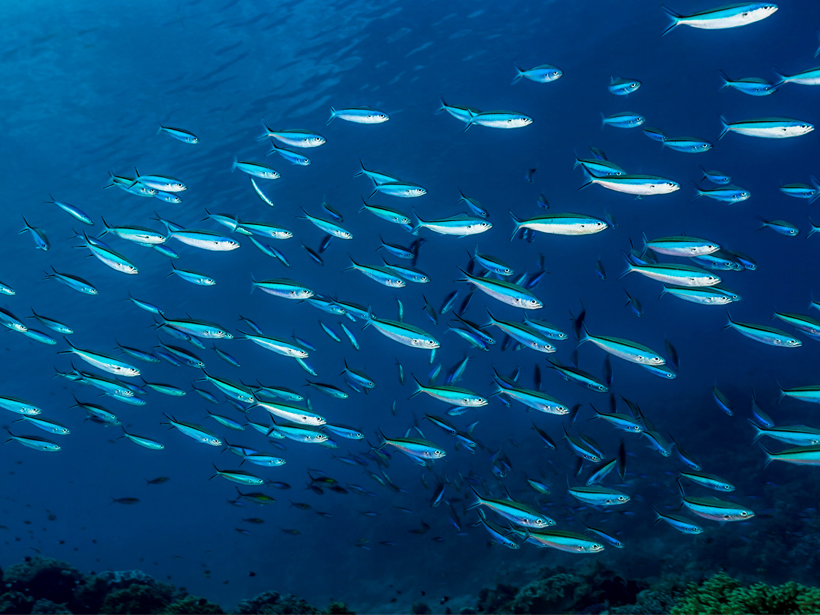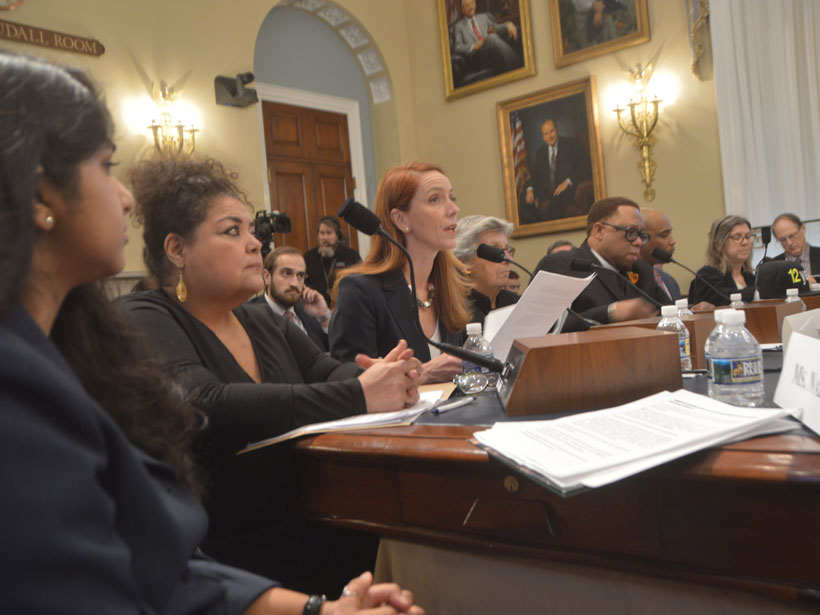Researchers modeled over 200,000 glaciers and found that mountainous regions in Asia contain significantly less glacial ice than previously estimated.
News
Tyler Prize Awarded to Climate Scientists Washington and Mann
Prestigious award recognizes Warren Washington and Michael Mann for efforts to advance climate change knowledge through their research and in public policy.
Ancient Tsunami Tied to Volcanic Flank Collapse in Italy
Stromboli’s volcanic cone may have suffered multiple flank collapses between the 14th and 16th centuries, triggering tsunamis that led to the abandonment of the island.
Bruce Barkstrom (1944–2018)
Bruce R. Barkstrom, principal investigator for NASA missions involved with understanding Earth’s radiation budget, committed his life to analyzing, interpreting, and stewarding Earth science data.
House Hearing Stresses Climate Change’s Links to Ocean Health
Backed by new Democratic congressional leadership determined to focus on science, experts call for swift action to avoid or limit irreparable environmental harm.
The Deep Blue Sea Is Getting Bluer
Ocean color will intensify in the next century due to global warming altering phytoplankton communities.
Modern Warming Is Undoing Millennia of Arctic Ice Cover
Plants and rocks at the edges of glaciers have been entombed in ice for more than 40,000 years. Modern warming, unmatched in 115,000 years, is now uncovering these landscapes.
Democrats Move Forward with Climate Hearings
House Natural Resources chair says the committee is turning the page “from climate denial to climate action.”
Future Mars Rover Named for DNA Pioneer Rosalind Franklin
The rover will explore a once water rich region on Mars’s surface and search for evidence of current and past life.
Scientists Discover Evidence of Long “Ocean Memory”
Measurements from a 19th century scientific expedition have revealed that the deep Pacific waters are cooling from lower global temperatures centuries ago.









